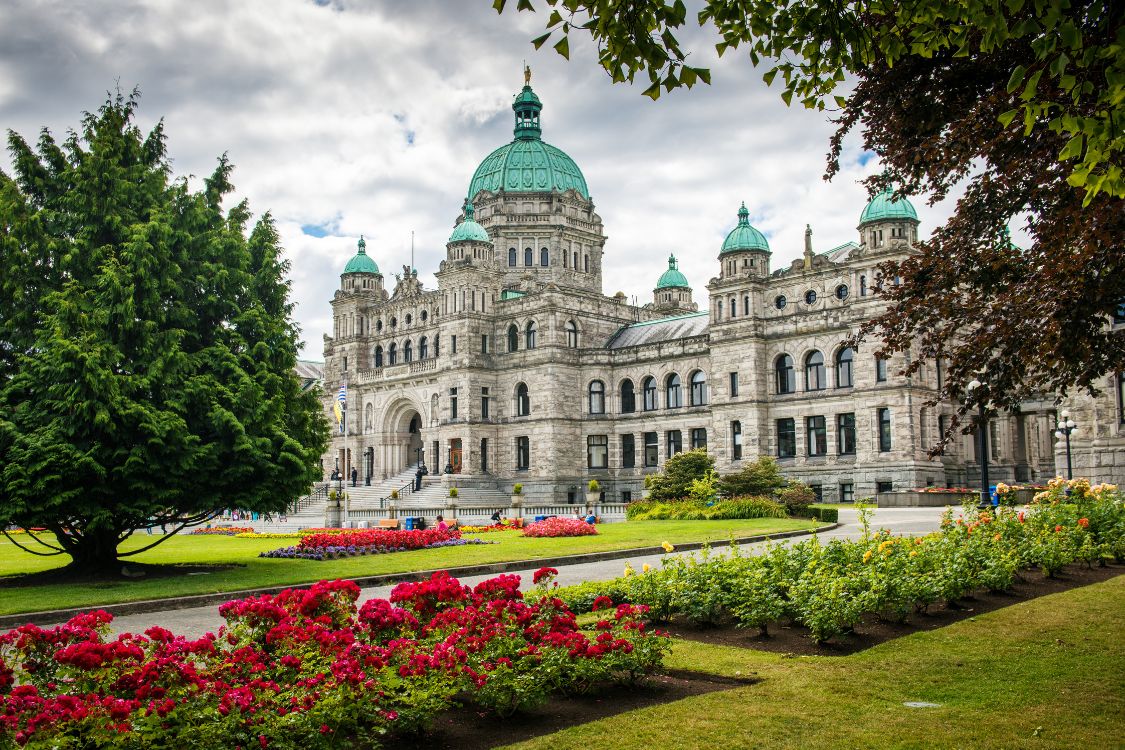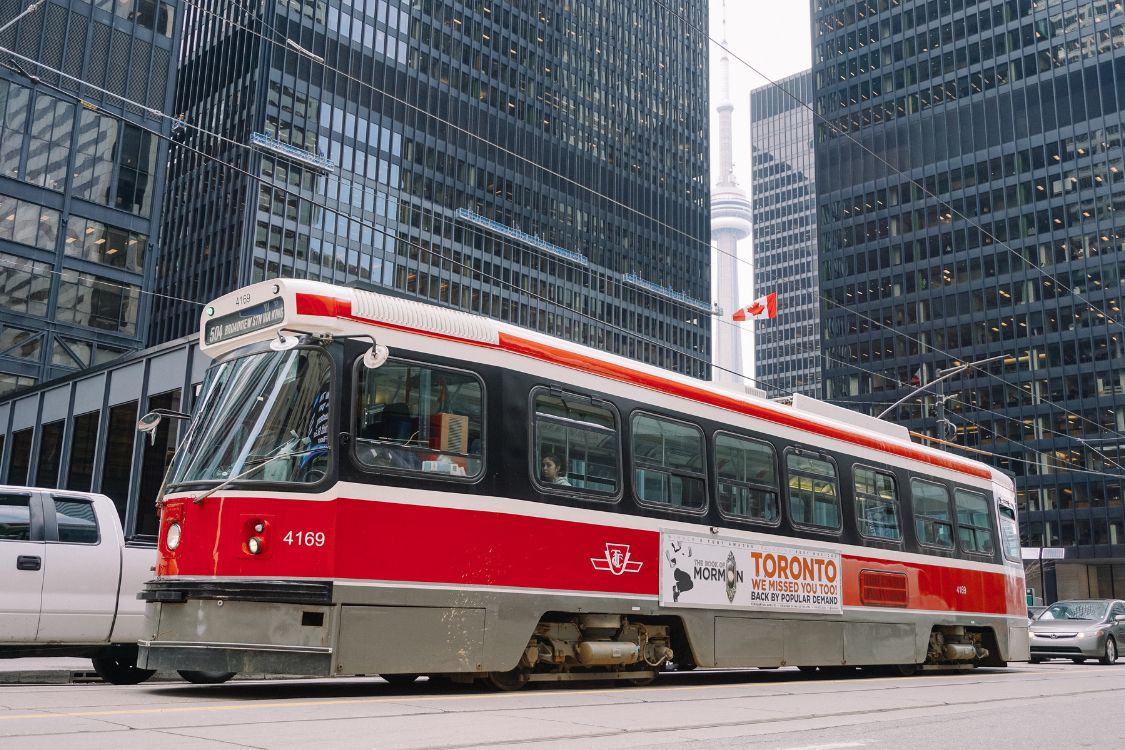Is driving across Canada the road to adventure, or merely a logistical challenge? Although Canada’s vast and beautiful landscapes are often best explored by car, navigating the intricacies of Canadian highways requires preparation and understanding. The country boasts an extensive road network, with two-lane highways dominating and gravel roads posing potential safety hazards. Travelers benefit from lenient driving-license policies, yet road safety and adherence to local traffic laws are paramount. This article will explore the essentials of driving in Canada, from safety tips to the unforgettable experiences of road trips, ensuring a smooth and enriching journey through the Great White North.
Table of Contents
ToggleDriving in Canada: Exploring the Great White North

Driving in Canada offers an extensive and diverse road network, perfect for exploring the country’s vast landscapes. Two-lane highways are the most prevalent, providing connections across regions, while gravel roads are common in remote areas and require caution, especially after rain. Visitors can navigate Canadian roads using their home-country driver’s license for up to three months in most provinces, and up to six months in British Columbia. Traffic laws mandate driving on the right side, and turning right on red lights is generally permitted outside Québec. These regulations are designed to facilitate smooth and efficient travel across the expansive Canadian terrain.
- Always wear seat belts and ensure all passengers do the same.
- Be mindful of wildlife crossings, especially in rural and forested areas.
- Adjust speed according to road conditions, particularly on gravel roads.
- Carry an emergency kit, including a first-aid kit, flashlight, and blanket.
- Use GPS or maps for navigation, as cell service can be spotty in remote locations.
Road trips in Canada offer unparalleled opportunities to explore off-the-beaten-path destinations, from the Rocky Mountains to the Atlantic coastline. The flexibility of driving allows travelers to access remote areas that are less reachable by train or plane, fostering a deeper appreciation of Canada’s natural beauty. With the ability to stop at local attractions, picturesque viewpoints, and quaint towns, a road trip becomes a personalized and immersive experience, making it an ideal way to discover the charm and diversity of the Great White North.
Public Transit Across Canadian Cities
Public transit in Canadian cities is robust, offering various options such as buses, trams, and bike shares. Toronto, Montréal, and Vancouver boast extensive networks that cater to both locals and visitors. Are local transit passes available? Yes, they are widely available and provide a budget-friendly solution for navigating these urban areas. These passes offer unlimited travel within certain time frames, making them an economical choice for tourists and daily commuters alike. The convenience of these systems is enhanced by their coverage, frequency, and integration, ensuring that travelers can access key city attractions and business districts with ease.
Accessibility for travelers with disabilities is steadily improving across Canada’s public transit systems. Are there measures in place to support accessibility? Yes, there are, with many services now equipped with access ramps, lifts, and clearly marked seating areas for those who need them. These improvements make public transportation more inclusive and user-friendly. Moreover, public transit agencies are investing in technology and infrastructure to further enhance accessibility, such as upgrading stations with tactile paving and audio-visual aids for the visually and hearing impaired. This commitment ensures that all travelers can enjoy the efficiency and cost-effectiveness of public transit in major Canadian cities.
Canadian Train Travel: A Scenic Experience
Train travel in Canada offers a luxurious and visually stunning way to experience the country’s diverse landscapes. With panoramic windows framing views of mountain valleys, winding rivers, and expansive prairies, travelers are treated to a moving tapestry of natural beauty. The VIA Rail Canadian is a notable route that epitomizes this experience, providing a journey that is as much about the vistas as it is about reaching the destination.
VIA Rail’s network facilitates efficient cross-country travel, connecting major cities and regions with its renowned services. The Montréal to Toronto corridor is a prime example, offering frequent and reliable connections between two of Canada’s largest urban centers. For those seeking an expansive adventure, the Toronto-Vancouver route traverses the breadth of the nation, showcasing iconic landscapes such as the Rocky Mountains and the vast Canadian Shield. These routes not only highlight the geographical diversity of Canada but also offer a comfortable and leisurely travel alternative, allowing passengers to relax and enjoy the journey. Whether for short hops or long hauls, train travel in Canada provides an unparalleled scenic experience that combines convenience with the timeless appeal of rail travel.
Air Travel in Canada: Quick Connections

Canada’s vast geography is efficiently navigated through its comprehensive network of domestic flights. Major carriers, including WestJet and Air Canada, dominate the skies, offering extensive coverage across the nation. Is air travel the most efficient way to travel between cities? Yes, it is particularly advantageous for covering long distances swiftly, making it a preferred mode for travelers looking to maximize their time. With frequent schedules and connections, these airlines ensure seamless travel between major urban centers and beyond.
Budget airlines, such as Flair and Swoop, have revolutionized the cost dynamics of Canadian air travel. Are these budget airlines cost-effective? Yes, they offer affordable flight options that significantly reduce travel expenses while maintaining essential services. Regional airports play a crucial role in this ecosystem, enhancing access to remote areas and smaller communities. Their integration into the national air network offers diverse itinerary possibilities, accommodating both spontaneous trips and well-planned adventures. This robust air travel system not only facilitates quick connections but also broadens the scope of exploration across Canada’s expansive landscape.
Exploring Canada by Ferry: Connecting Coasts and Islands
Ferry travel in Canada provides a scenic and practical way to connect the country’s coasts and islands, especially in regions like British Columbia and the Maritime provinces. BC Ferries, a prominent operator, facilitates travel between Vancouver and Victoria, offering reasonable fares—approximately $16.90 per passenger and $55.40 per car. These routes are celebrated for their breathtaking views, allowing passengers to experience the stunning coastal landscapes and marine life. Beyond transportation, ferries serve as a platform for sightseeing, with routes to places like St John’s in the east enhancing the travel experience with their picturesque vistas.
Ferry travel is particularly advantageous for those exploring regions without a car, such as Vancouver. Is it possible to explore Vancouver car-free using ferries? Yes, it is. Ferries integrate seamlessly into the public transit system, providing access to key destinations without the need for personal vehicles. This car-free approach not only reduces travel expenses but also encourages an eco-friendly exploration of the area. By offering reliable and frequent services, ferries support sustainable tourism, facilitating access to remote areas and enriching the overall travel experience in Canada.
Biking and Walking Tours: Enjoying Urban and Natural Landscapes
Biking in Canada offers a comprehensive way to experience both urban environments and serene natural settings. Cities such as Edmonton, Montréal, Ottawa, Toronto, Vancouver, and Victoria have invested in extensive biking infrastructure, making it easier for residents and tourists to navigate. Dedicated bike lanes and trails are prevalent, providing safe and efficient routes through city centers and along scenic paths. These bike-friendly cities encourage cycling as a means of reducing traffic congestion and fostering a healthier lifestyle. With bike rental services widely available, including short-term rentals and bike-share programs, visitors can easily integrate cycling into their travel itinerary, enhancing their exploration with both convenience and environmental consciousness.
- Québec City: Known for its historic charm, walking tours here offer insights into Old Québec’s cobblestone streets and fortifications.
- Halifax: Discover maritime history and vibrant waterfront areas with guided walks through this coastal city.
- Banff National Park: Offers guided hikes showcasing stunning mountain vistas and diverse wildlife.
- Charlottetown: Explore the birthplace of Canadian Confederation with tours highlighting its cultural and historical significance.
Eco-friendly travel is increasingly vital in preserving Canada’s natural beauty and resources. The Trans-Canada Trail, spanning over 28,000 kilometers, exemplifies this commitment to sustainability. It connects the Pacific, Atlantic, and Arctic oceans, offering activities such as hiking and cycling while promoting the conservation of landscapes and ecosystems. This trail not only encourages active transportation but also supports local economies by drawing visitors to lesser-known regions. Emphasizing eco-friendly travel practices contributes to maintaining Canada’s diverse environments, ensuring they remain vibrant and accessible for generations to come.
Car Rentals and Ridesharing: Flexibility on the Go

Renting a car in Canada provides unparalleled flexibility for exploring the country’s vast landscapes and urban centers. What is required to rent a car in Canada? A valid driving license and typically a credit card are essential. Car rental agencies are widespread, offering a range of vehicles from compact cars to larger SUVs, catering to diverse travel needs. The cost of renting a car can vary significantly depending on the season, location, and type of vehicle selected, yet it remains a practical option for those planning to visit multiple destinations or venture into rural and remote areas. Insurance is an additional consideration; while basic coverage is often included, travelers might want to purchase supplementary insurance for extra protection against unforeseen events. This flexibility enables travelers to tailor their itineraries, allowing them to discover hidden gems at their own pace without the constraints of public transportation schedules.
Ridesharing and carpooling present budget-friendly and eco-conscious alternatives to traditional car rentals. Are ridesharing services available throughout Canada? Yes, several platforms operate extensively across Canadian cities and regions, offering a convenient means of transportation. Ridesharing connects passengers with drivers traveling to similar destinations, reducing travel costs and environmental impact. This system is particularly beneficial in urban centers like Toronto, where navigating without a personal vehicle is feasible due to the robust public transit infrastructure. For longer journeys, driveaway services offer routes between major cities, allowing travelers to accompany vehicles that need relocation, often at a fraction of the cost of standard rentals. These options not only enhance mobility but also promote sustainable travel practices, making them an attractive choice for environmentally conscious visitors.
Final Words
Navigating the vast landscapes of Canada requires an understanding of diverse transportation options. From exploring the expansive road network and appreciating public transit in cities to experiencing the luxury of train travel, the efficient air connections, and scenic ferry routes—getting around in Canada offers varied experiences.
The nation’s commitment to enhancing eco-friendly travel through biking and walking trails is noteworthy. Travelers have numerous choices to explore Canada’s beauty, whether by renting a car or utilizing ridesharing services. Embracing these options allows for a rewarding and enriching adventure across this remarkable country.
FAQ
Can you get around in Canada without a car?
A: Traveling in Canada without a car is possible using public transit, trains, ferries, and ridesharing. Major cities have extensive public transit networks, and regional transportation options are robust.
What’s the best way to get around Canada?
A: The best way to travel around Canada depends on your needs. For city travel, public transit and biking are ideal. For long distances, consider trains or domestic flights for efficiency.
Can US citizens drive through Canada?
A: US citizens can drive in Canada using their home-country driver’s license for up to three months in most provinces. In British Columbia, the period extends to six months.
Is it easy for US citizens to visit Canada?
A: Visiting Canada is generally straightforward for US citizens, requiring valid identification like a passport. Road, air, and train networks are well-developed for easy travel access.
What is the most used transportation in Canada?
A: Public transit, including buses and trains, is widely used in Canadian cities. For long distances, many opt for air travel due to its speed and convenience.
What are the prices of public transport in Canada?
A: Public transport prices vary by city and service, but local transit passes, such as day or monthly options, offer cost-effective travel for frequent users.
Is traveling across Canada by train a good option?
A: Train travel offers a scenic way to experience Canada’s landscapes. VIA Rail’s routes connect major cities, providing a leisurely alternative to driving or flying.
Hazel Wall is a passionate traveler, writer, and explorer dedicated to sharing her experiences and insights with fellow adventurers. With a background in journalism and a deep love for discovering new cultures, Hazel has journeyed across continents, immersing herself in diverse landscapes and traditions.





